
No mergers are seamless; this one is no exception. As each group struggles to maintain their identity and to do their important work, they’ve found themselves feeling like bystanders, standing on the sidelines, waiting to fully participate in whatever the new ‘normal’ is.
Bystanders are people just off to the edge of the action. They are present at events or incidents but do not take part. Sometimes they are bystanders by choice. Sometimes by necessity of the system. Sometimes out of fear. Often, it doesn’t take much to turn a bystander into one who feels empowered to take part. In recent years, bystander, has come to be used to describe a person on the edge of a very specific event; a bullying or violent event. However, a bystander refers to anyone present at any event who does not take part.
When I landed at Pearson International Airport in Toronto on Sunday, it was, like most days at Pearson, bustling. Like most days there, and at all airports around the country, there were plenty of bystanders. There were those just standing and sitting on the edges watching the people, and there were those with the official titles; those on stand-by. The bystanders. These people are, in the most literal way, standing on the edge, but not yet taking part.
People who fly stand-by, the bystanders, most often do so for one of two reasons. Either they, having been unable to commit to a particular flight earlier, need to fly at the last minute, or they want to fly at a cheaper price. Either way, they find themselves standing at the side of the action, not taking part. Once they are assigned a seat on a given flight, they cease to be bystanders. They are no longer not taking part.
When we behave like bystanders outside of an airport setting, I think we may have the same two considerations. Either we haven’t, or haven’t been able, to plan ahead to figure out where we can jump into the action, or we think the cost of jumping in might be too high.
As I observed bystanders both in the merged women’s organization I worked with, and at the airport, I began to think of the other places I have noticed bystanders. And I recognized that I too, have played the part of bystander many times in my life.
This weekend we will turn our calendars over to December. December. It hardly seems possible. At our house this signals the ‘legalization’ of all things Christmas. Our outside lights will be turned on, gifts will be purchased, plans will be made to see friends, Christmas music will accompany me in my car, and smells of baking will fill the house.
This year, as a new Christmas focus, I’m going to commit to a season where I do less standing by, and more jumping in. And no, I’m not anticipating a sudden outbreak of violence. Instead, I’m going to be on the lookout for places where I can get involved. When it might be just as easy to stand off to the side and not make an effort, I’m going to be a participant. I’m going to find places to offer kindness. I’m going to initiate simple conversations with all sorts of people, rather than sit quietly on the sidelines. I’m guessing store cashiers and clerks could use a kind word during this busy season. I may find myself smiling at the people manning the Salvation Army donation sites. Perhaps I’ll throw in a loonie or two. I’m going to say yes to knitting scarves for the homeless. I’m going to dance at seniors’ centres. I’m going to join in singing. I’m going to fit in a walk with a friend. I’m going to stay longer visiting at the dinner table and hope the dishes wait for me 😊
I’m going to assume that the present is the present.
While many bystanders worry that the cost will be too high if they jump in, I’m going to assume I simply can’t afford to stand by. My little effort may make all the difference to someone’s season. I’m guessing it will make all difference to mine too.
My inquiry for you this week is, ‘Bystander or participant?’
Elizabeth is a certified professional Leadership Coach, and the owner of Critchley Coaching. She is the founder and president of the Canadian charity, RDL Building Hope Society. She works with corporations, non-profits and the public sector, providing leadership coaching. She creates and facilitates custom workshops for all sizes of groups. She has particular expertise in facilitating Strategic Plans for organizations. Contact Elizabeth to learn how to participate fully.
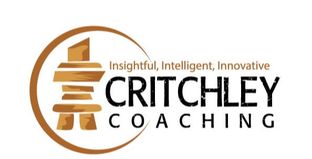
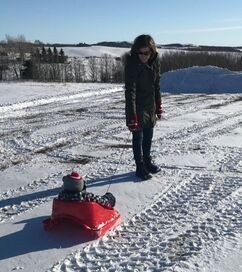
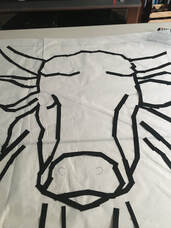

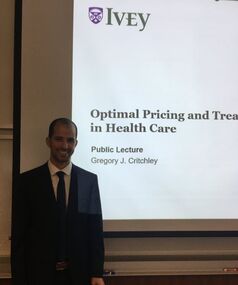
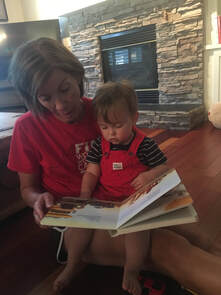
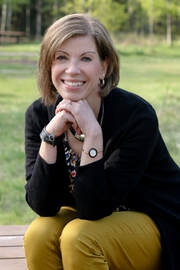
 RSS Feed
RSS Feed